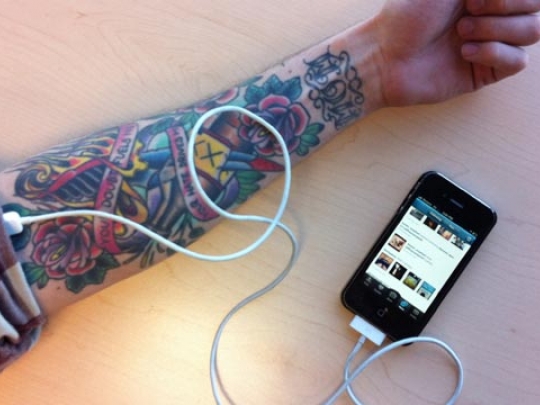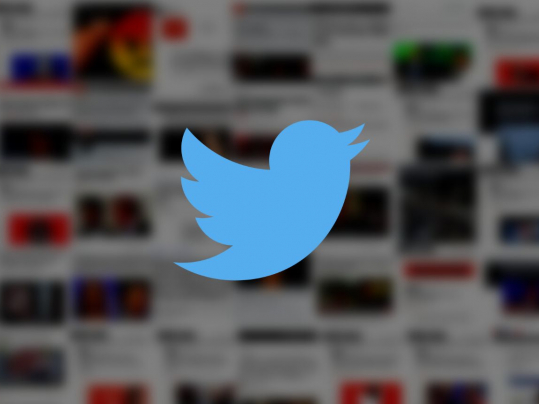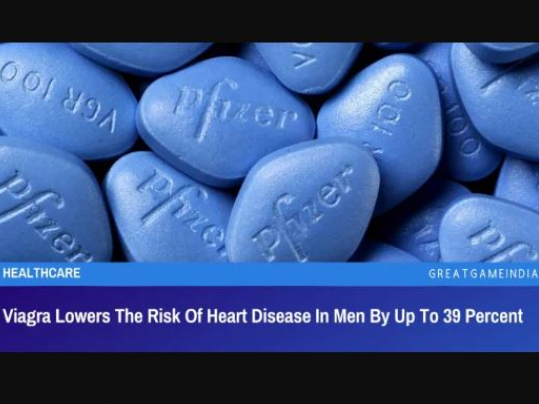Addicted to social media? Try an e-fasting plan

Social media is a double-edged sword, providing both benefits and drawbacks.
In order to stay connected, many of us are becoming captivated by these pervasive tools. A social media report by Sensis in 2015 reported that nearly half of all Australians access one or more social networking sites every day.
The report also found that Australians now spend an average of 8.5 hours a week on Facebook alone, with 24% checking social media more than five times a day. Seven in ten people used a smartphone to access their accounts.
Spending excessive time, often repeatedly and aimlessly, on social media can be called an addiction. In fact, social media could even be seen to have become a national obsession and Australians appear to be addicted. This addiction is not limited to Australia but spans the globe.
If you are unsure whether your social media usage has turned into an addiction, take the Bergen’s Facebook Addiction Scale quiz to find out.
What’s the expense of this addiction? Poor social relationships and isolation, compulsivity, victimisation, stress, depression and anxiety, exhibitionism and preference for online interactions over real world interactions.
With the growing use of social media, these problems will not disappear in the near future. Already, people are talking about how we can unshackle ourselves from social media.
A couple of years ago the video below by Coca-Cola made fun of our social media addiction and offered a novel solution.
The collar may not be that practical, but understanding your social media usage will help you to control your addiction and regain control of your time.
There are also paid options to help you recover your time. There is even an online company offering a 12-week social media dependency therapy package, which helps to manage any excessive social media usage to improve mental health.
Better though – and cheaper – to take action yourself. Social media may be becoming more pervasive in our lives and habit-forming, but rather than seeking solace through social media our time can be utilised more effectively in more gratifying activities of life.
So some rehabilitative action may be warranted. Perhaps even “e-fasting”.

How to unplug from social media
Fasting is defined as the practice of abstaining from food. Electronic fasting (e-fasting) can be seen as abstention from electronic devices and services, such as smartphones and social media.
In order to put an end to the obsessive behaviour towards social media, it is important to try to abstain from it or at least regulate usage occasionally.
Total abstinence from social media may not possible, but the following five tips (in no particular order) could help to alleviate social media addiction, in the form of e-fasting.
1. Abstain from social media
Decide on a specific day when you will stay clear of social media. This might increase your anxiety in the short term, but the time away will enable you to perform other activities.
If you can do it for one day, then next time try two days or a weekend. When you get back to your social media, you can establish a better disciplined access routine.
2. Self-regulate
Set some rules that only allow you to connect to social media at specific times of the day. For example, browsing for a limited time in the evening or not browsing when in bed.
3. Limit checks on social media
It is not a good idea to keep checking social media pages without a specific aim. The algorithms of social media feeds are designed to keep users hooked by projecting information higher in feeds, based on users’ past interactions. Think of the urge to check incessantly and consider whether it is important or can wait for another time.
4. Disable alerts and notification
This will mean that you are not constantly reminded of messages by your social media platform. Adopting a pull-based approach of your notifications over a push-based approach will lead to fewer interruptions too. This should reduce the desire to check social media constantly.
5. Remove social media apps from your smartphone
If disabling alerts and notifications does not do the trick, consider deleting social media apps completely from your smartphone. As most people access social media platforms from their smartphone, removing these apps would mean less ease of access. You will then only have access to social media from a personal computer.
Balance
The aim of e-fasting is to enable you to reclaim your life, achieve a balance of life and not become hostage to social media.
As with any diet or fasting regime, there’s no one-size-fits-all formula, but the self-control and discipline tips I’ve listed should go some way to reducing your social media addiction. E-fasting has the potential to become a new fad to treat social media addiction and detox your life.
- Source : Mercatornet















